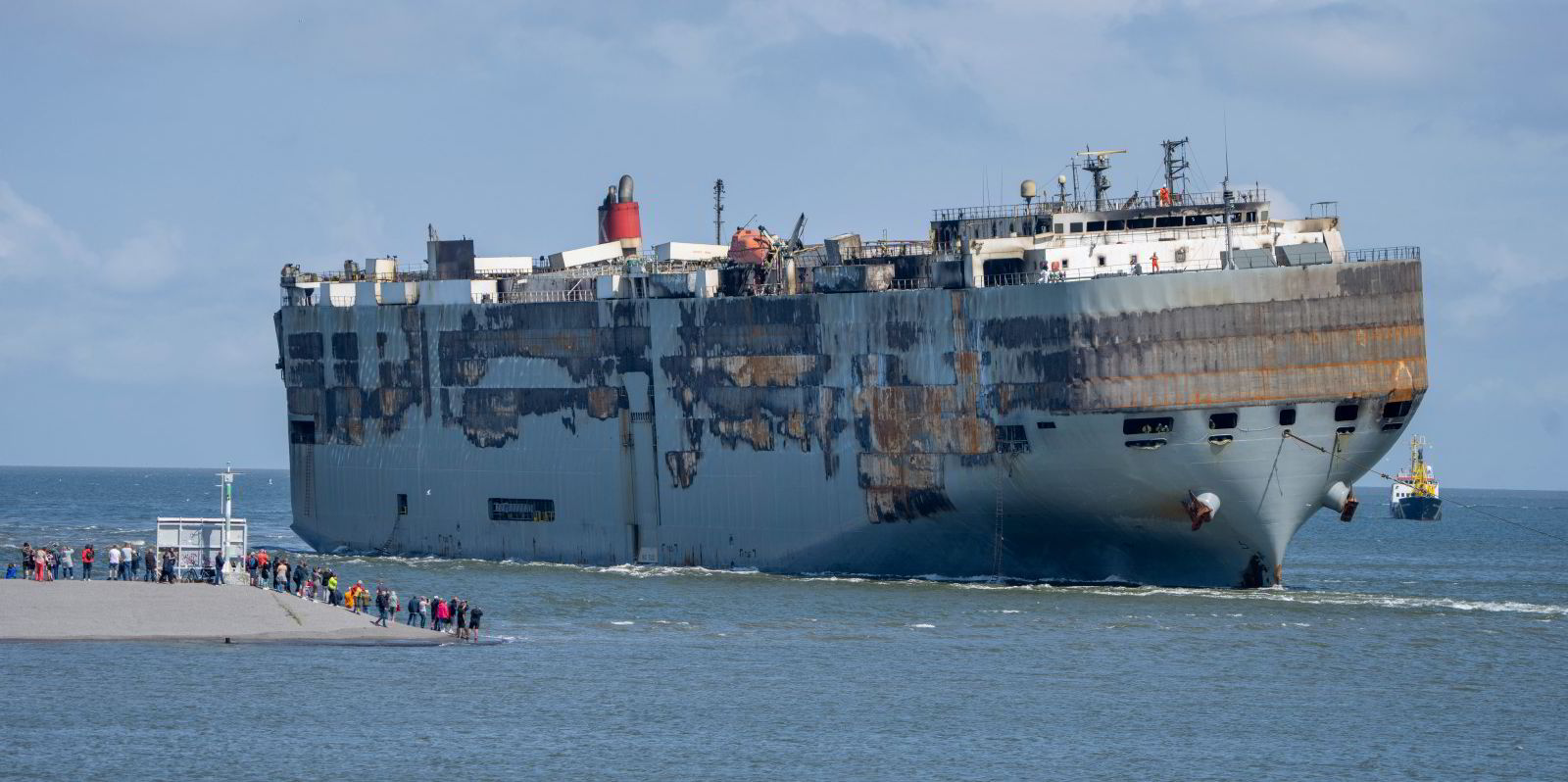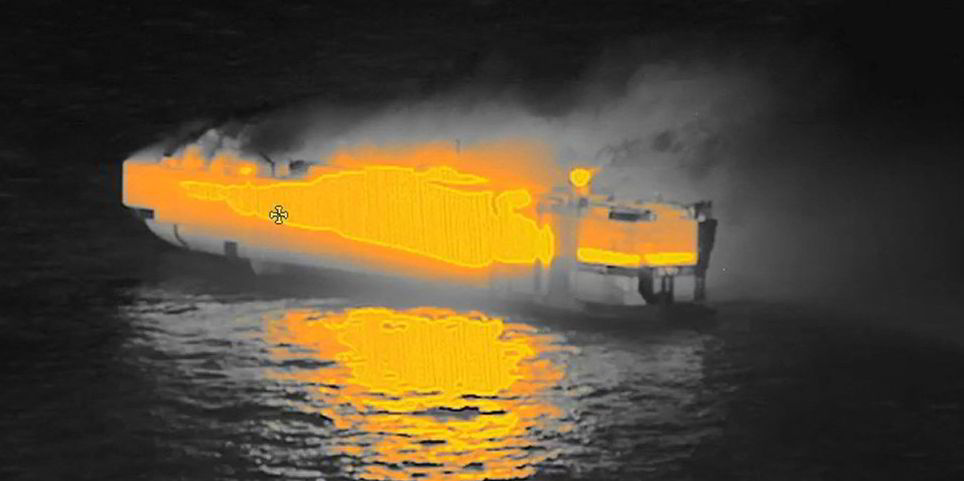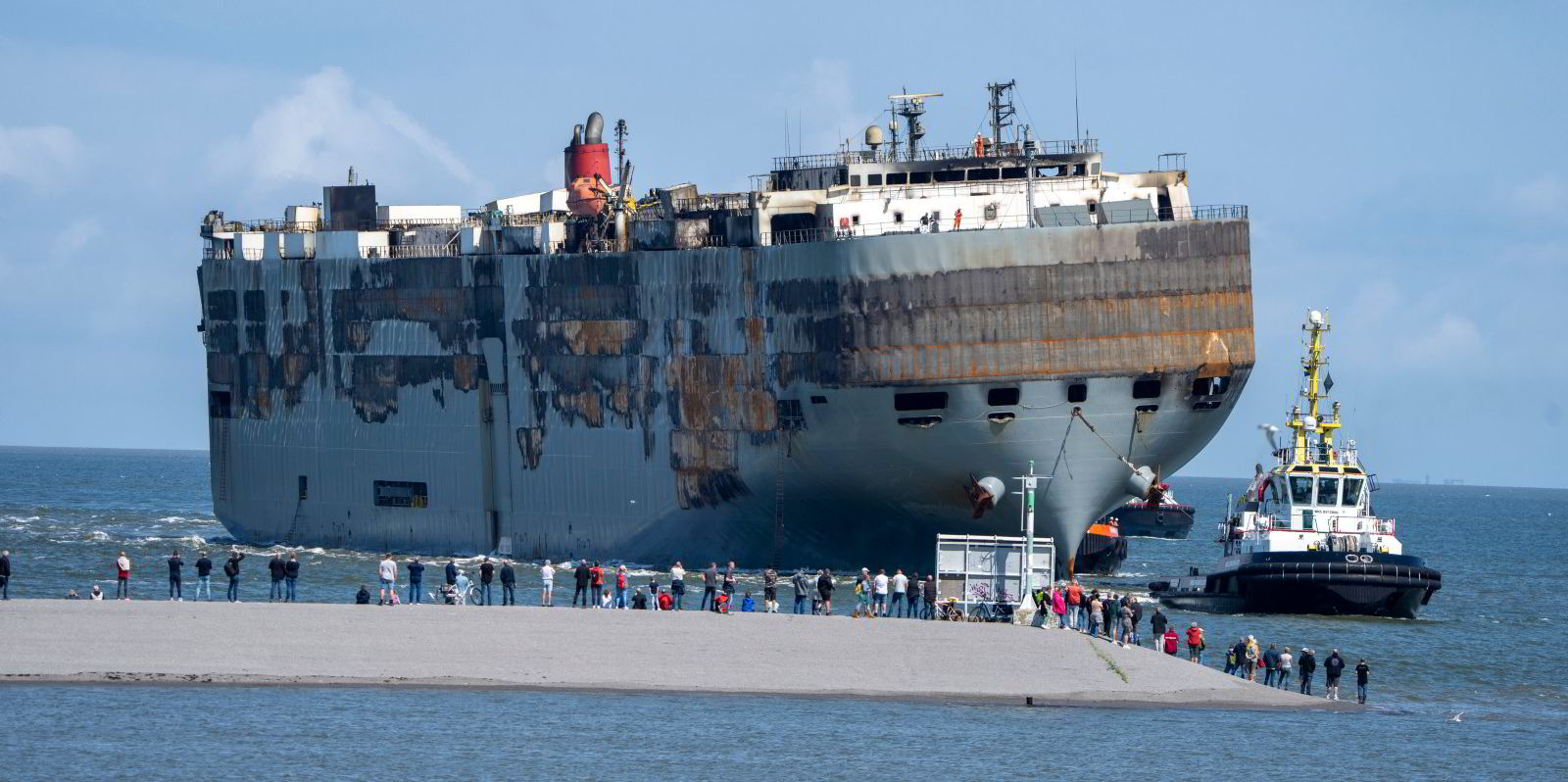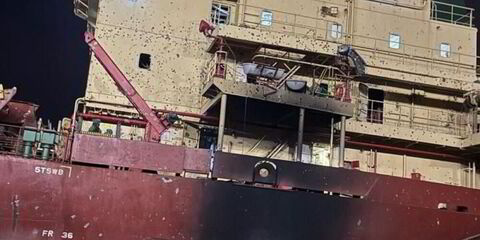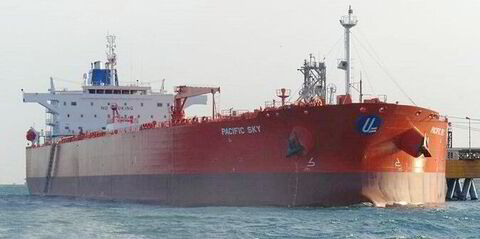The International Union of Marine Insurers (IUMI) is calling for a better understanding of electric vehicle (EV) fires and how they can be controlled.
IUMI’s comments follow a fire on the 6,200-ceu car carrier Fremantle Highway (built 2013) in the North Sea this month, which it said has “brought the debate surrounding the transport of electric vehicles into sharp focus”.
The association said that although the fire has been linked to about 500 EVs on board the ship the cause is yet to be determined.
It pointed out that while there has been a series of fires on car carriers none have been proven to have been started by an EV.
“IUMI understands that the transportation of EVs raises certain risks that are different to those involved in carrying internal combustion engine vehicles (ICEVs) but research suggests that the risks are not heightened or more dangerous,” IUMI said in a statement.
IUMI said that research carried out by the European Union-led project Lashfire indicate that neither the growth rate of a fire nor the peak heat release rate or the total energy released during a fire is higher for an EV blaze than for that sparked by an ICEV.
EVs and ICEVs also release a similar amount of toxins in the event of a fire.
The main difference between the two fire types is that EV battery fires can involve a thermal runaway — where the lithium-ion cell enters a self-heating, reigniting state.
“In case thermal runaway occurs in an EV, boundary cooling is essential to prevent the fire from spreading. This allows the battery to burn down in a controlled manner,” IUMI said.
IUMI is calling for better fire detection and extinguishing systems that should be tailored for different vessel types.
Specific risks
It said the focus should be on identifying specific fire risks, a line of work which is currently being undertaken by the International Maritime Organization’s Sub-Committee on Ship Systems and Equipment.
“The maritime industry is still learning and needs to adapt to these new sets of risks and mitigate them accordingly. Scientific evidence is essential to develop effective risk mitigation strategies,” IUMI said.
If the Fremantle Highway, which is currently at the Dutch port of Eemshaven, is declared a constructive total loss then its hull insurers face a payout in the region of $70m to $80m for the hull.
There will be additional costs for salvage, wreck removal and cargo loss, which could run into hundreds of millions of US dollars. These costs will be shared with protection and indemnity clubs and cargo underwriters.(Copyright)
